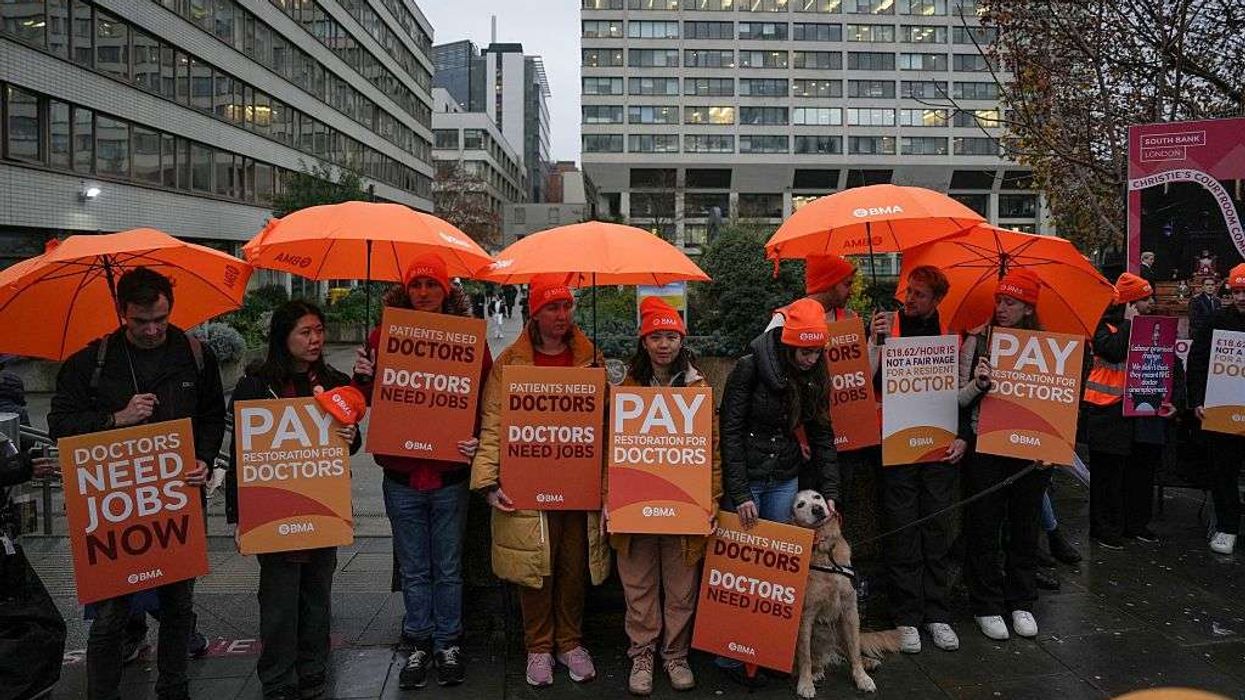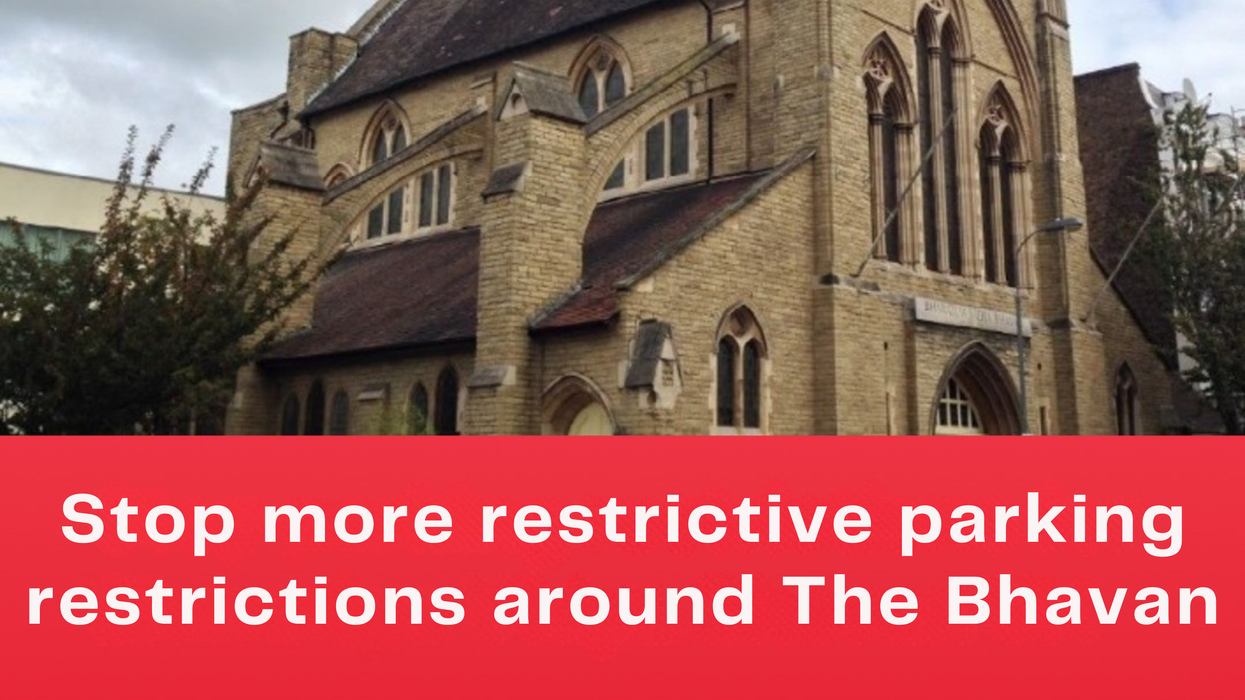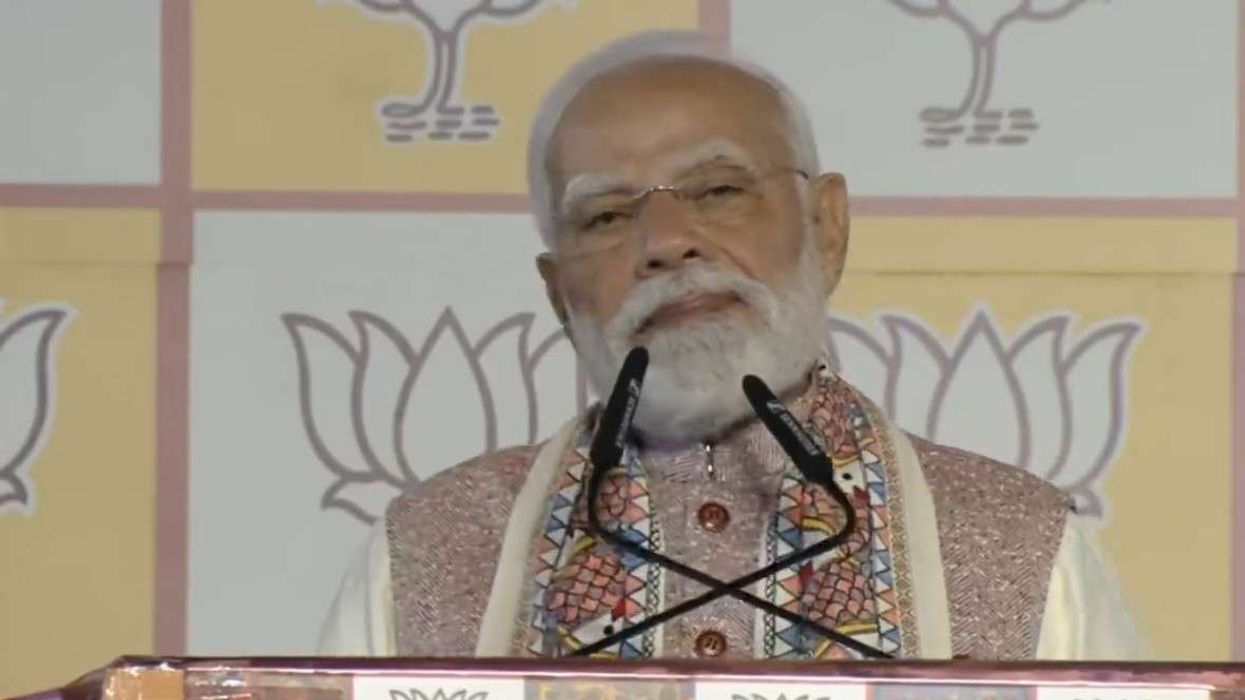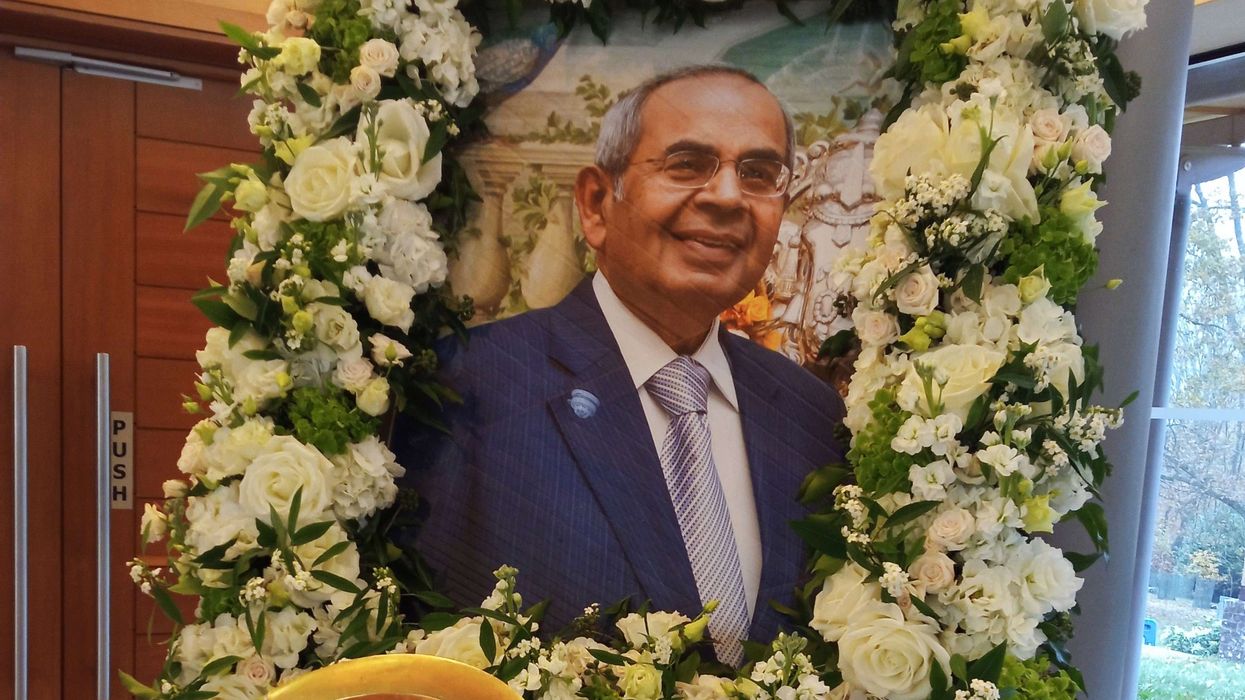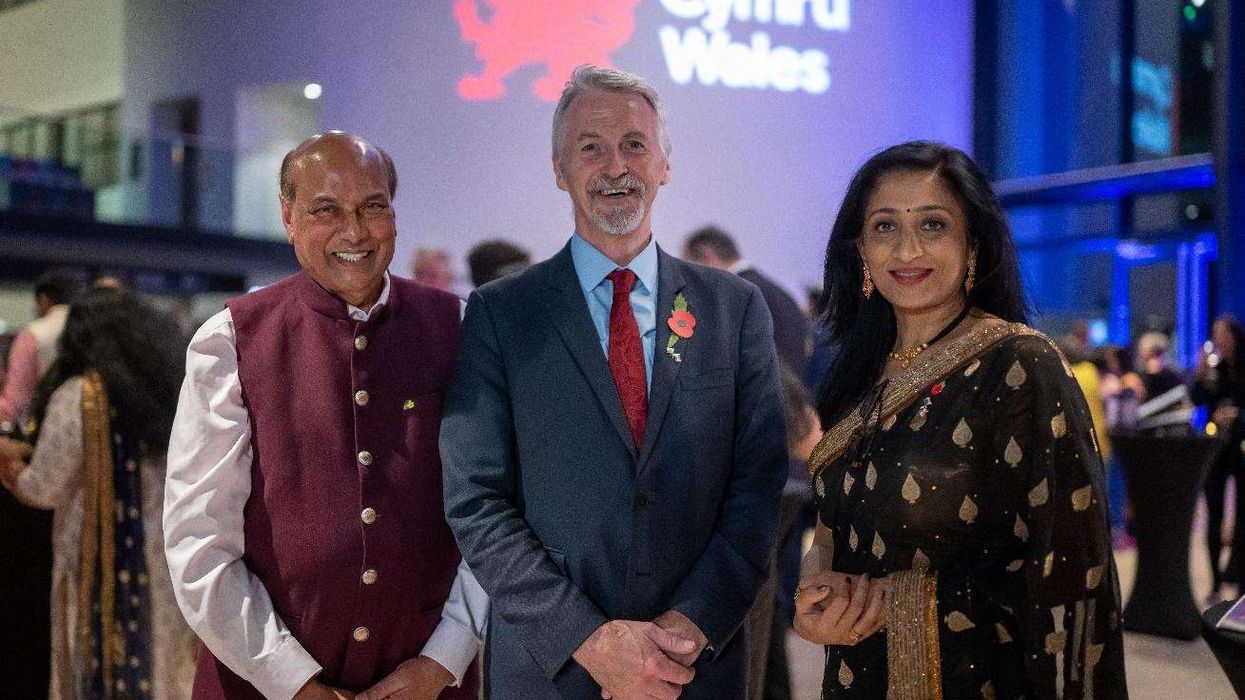By Amit Roy
THE Royal Academy's (RA) Summer Exhibition 2019 - the 251st since the event began in 1769 is, as always, an opportunity for artists to show their creativity by sending in their artworks.
It is also a chance for audiences to see "art that reflects the world we live in today': as stated by Edith Devaney, a curator at the In and the person who has "nurtured the Summer Exhibition for the best part of two decades”.
No one knows more about it than she does: said 'Lim Marlow. the RA's artistic director.
The other key figure this year is the coordinator and acclaimed painter. lock McFayden, 68. He revealed the ratio between submissions and acceptances: "We had 16,250 actually - we have managed to get in 300 more this year. We usually aim for about 1,200. This year we have 1,581”.
More British-Asian artists should have a go because the RA promises: “Works from all over the world are judged democratically on merit”.
McFayden sat in a darkened room with members of his "hanging committee' viewing digital images of every single entry. The final selection was made after '2,000-3,000’- artworks were brought physically by the artists to the RA.
Changing the coordinator each year means the "exhibition is constantly changing and constantly evolving: said Devaney. who last year gave a party from Eastern Eye a personal tour.
She referred to a "visual assault" in the central hall, where there was a menagerie of animals: "There are quite a few dystopian animals in here. They are not all beautiful - some of them are really quite terrifying... the stuff of nightmares”.
The visual assault begins in the Annenberg Courtyard in front of the RA building in Piccadilly, with a group of giant statues by Thomas Houseago.
Royal Academicians have a right to have their work displayed. McFayden also invited "a bedrock of key artists” among them 84-year-old David Hepher, whose "huge brutalise painting of a south London council block was almost wet when it came in”.
With paintings, McFayden had attempted “to mix up the brutalise with the lyrical”.
"Another artist I invited with the tongue-in-cheek is Marcus Harvey -22 years ago at the Sensation exhibition in these galleries, Harvey's picture of (child killer) Myra Hyndley was pelted with eggs and ink by the public and was removed”.
There was a nod to a painting by "the RA's first black Academician, Frank Bowling - he is 80-something”.
McFayden had also mixed in photographs - two large ones are of Nelson Mandela's hometown with paintings. "I wanted to have more photography than ever before rather than ghettoising photography as a separate thing”.
He had also invited the sculptor Richard Wilson to scatter sculptures throughout the exhibition. He pointed out one by Wilson and asked: "Any guesses as to what it is? (blank looks all around). I'll tell you it is the solid of the hole that was drilled by the Hatton Garden robbers, the safe crackers. That is the size they had to go through so they must have gone on a damned diet before they went and got all the stuff. It quite a beautiful thing”.
Another sculpture, by John Davies, was of a group of "people of meaning to him who have died - including his mother and father in the middle”.
The architectural room was organised by the architect and Cambridge academic Spencer De Grey. He said: "The theme of the architecture room this year is sustainability in all its guises, ranging from large-scale master planning for cities through to the smallest habitation possible”.
There was special mention of a high-rise building made from wood: "People have built buildings up to eight to 10 storeys using timber. This is an exploration of going even higher."
Devaney drew attention to Tim Shaw's Parliament (the voices in your head), a collection of crows, "with a recording from parliament which is immediately irritating - just like the house of Commons”.
She also pointed out the large collection of prints: “They are a great way for people to start their collection”.
